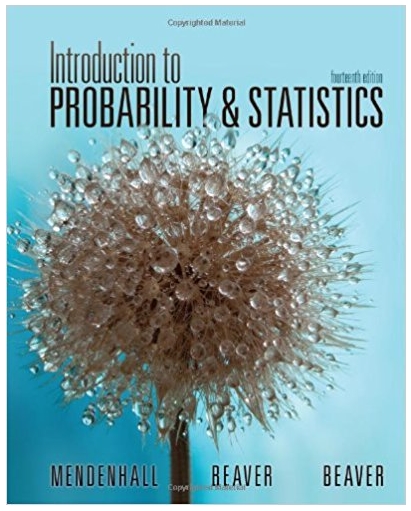Question
A Discussion on Options Strategies The Situation You are a portfolio manager and you manage several fund that make extensive use of options in combination
A Discussion on Options Strategies
The Situation
You are a portfolio manager and you manage several fund that make extensive use of options in combination with equities.The portfolios have different investor objectives and are subject to various constraints and expectations.Your job is to utilize the appropriate strategies to achieve these stated goals.Use the appropriate types of options and combinations to achieve your target return while staying true to the risk parameters of each portfolio.
Capital Preservation Fund
The Capital Preservation Fund seeks to achieve a reasonable market-based return while limiting downside.This fund is attractive to investors who are of retirement age and are dependent on accumulated wealth.Most investors have returns on their retirement portfolio as their main source of income.The Fund has 60% of its assets invested in shares in companies that are included in the S&P 500.Investors in this fund seek to take advantage of market-based returns while limiting their downside risk.
Aggressive Return Mutual Fund
The Aggressive Return Mutual Fund seeks capital gains by investing in higher risk assets.Typical investors in this fund are young people at the start of their professional careers who seek to maximize their returns.These investors have a high risk tolerance and can bear to have temporary losses.Their investing time horizon is significantly longer than the average investor.Assets in this fund are 50% in shares of smaller companies that experience higher levels of volatility.
Contrarian Fund
This fund seeks to profit from downturns in the overall financial market.Investors in this fund have a negative view of the economy and the overall financial markets.A portion of the shares in this fund have negative betas.Due to the contrarian nature of this fund, investors in this fund also seek to limit their losses in case the financial market goes on a sustained and significant rally.
Restricted Period Fund
This is a specialized fund designed for ultra-high net worth investors with concentrated equity positions.The typical investor in this fund is an executive for a large corporation with most of his/her assets tied in his/her employer's stock.These shares are normally restricted over a period of time preventing the investor from selling their shares for a period ranging from 18 to 36 months.Investors normally seek to restrict their downside risk to at most 20%.The normal investor also seeks to minimize the costs of hedging this risk.
Volatility-lite Fund
This fund seeks to profit from financial markets exhibiting low levels of volatility.Investors in this fund are betting that markets will be stable and prices will not vary significantly from their current levels.The fund seeks to achieve maximum returns in the absence or lack of any price movements.Despite the seemingly low risk profile of this fund, it is actually exposed to a significant level of risk should the markets not behave according to its expectations.As manager it is your job to ensure that you limit the fund's exposure to adverse developments in the financial markets.
Upward Bias Fund
This fund is for investors who believe that the financial markets will experience high levels of volatility with an upward bias.The fund seeks to achieve returns when the markets head upwards but also seeks returns if the markets go the opposite direction.Since the fund bets on high levels of volatility, the assets in this fund are mostly composed of shares and assets associated with smaller less liquid companies.
Questions
- If you have an American-style option on a non-dividend paying stock that is deeply in-the-money with one month to go before the exercise date, will you exercise the option to lock in your potential gains?
- If the option above is an option on a stock that is expected to pay a dividend in one week, will that change your strategy?
- How can you address the issue of illiquid option securities and still fulfill your return mandate as portfolio manager?
Step by Step Solution
There are 3 Steps involved in it
Step: 1

Get Instant Access to Expert-Tailored Solutions
See step-by-step solutions with expert insights and AI powered tools for academic success
Step: 2

Step: 3

Ace Your Homework with AI
Get the answers you need in no time with our AI-driven, step-by-step assistance
Get Started


